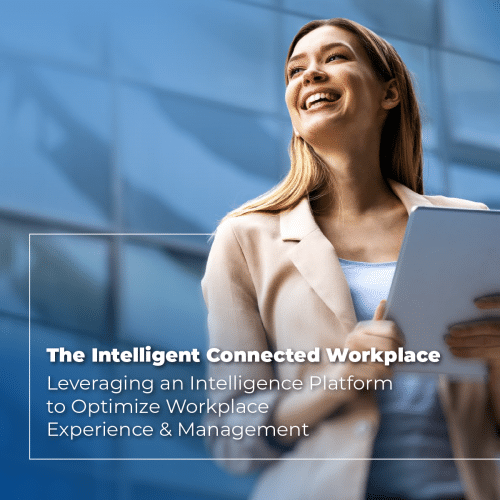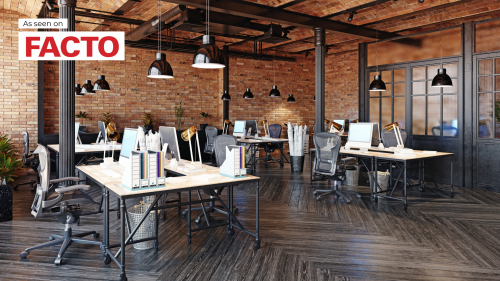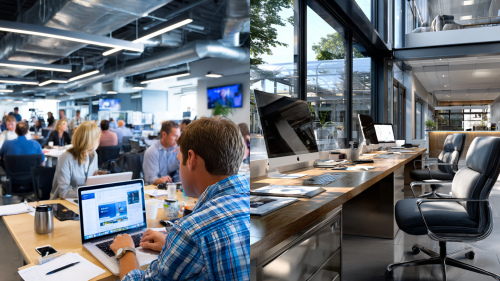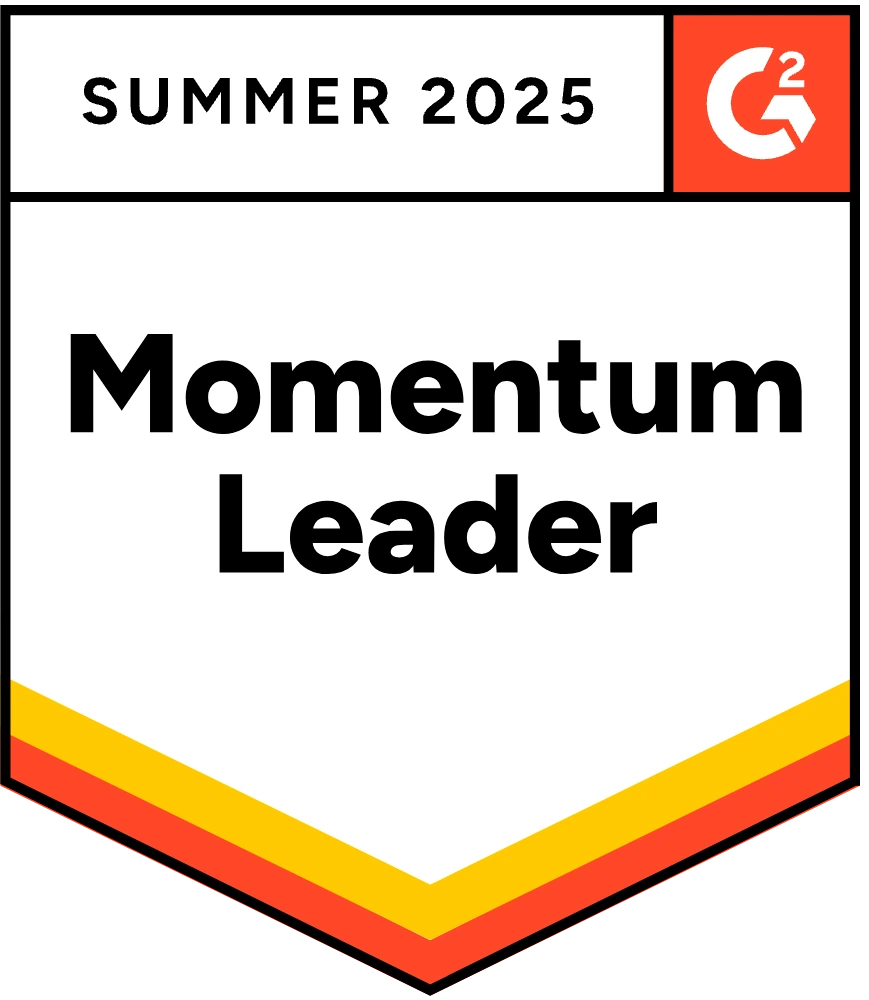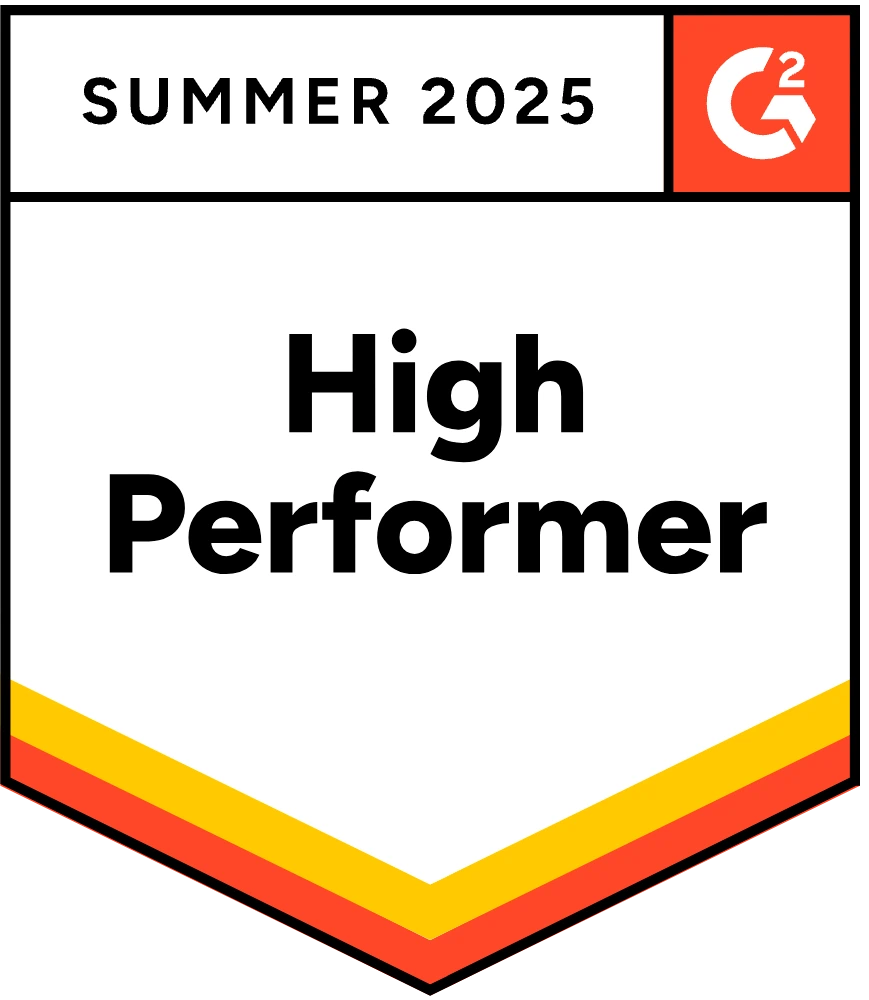In 2020, the start of the pandemic resulted in more people working remotely than ever before. Lockdown guidelines and restrictions emptied offices almost overnight. For some companies, (occasional) work from home was not new; for others, it was more of a shock. Yet, in general, initial feedback from this massive, mandatory WFH experiment was overwhelmingly positive: most employees remained productive during the quarantine, which soon prompted the question of whether offices were still needed.
Although now formulated more radically than before, questions about the value of the office are not new. Leesman benchmark surveys, for example, had already shown that many offices fall short in enabling employees to work productively. Not only do offices fail their employees, but they also tend to waste as much as half of their space.
As the shift to remote working continues, employees have started feeling the negative impact of losing access to shared physical spaces and in-person contact with coworkers. Zoom fatigue has set in. Onboarding and mentoring of new colleagues has become harder too. And employees increasingly report feeling stressed and isolated, suffering from low morale. Moreover, few executives believe company culture can be kept alive in a purely remote working setup.
Going hybrid
What does this mean for our future workplaces? Surveys, such as PwC’s US Remote Work Survey, suggest that most companies are heading towards a hybrid workplace setup, which refers to people working from a variety of locations, with the office offering (mostly) shared (i.e., non-assigned) desks, spaces, and amenities for:
- Building community, culture & rapport
- Supporting individual, focused work
- Facilitating teamwork, creativity, and innovation
The hybrid workplace model embraces the flexibility that most employees have come to expect. But it also brings new challenges for real estate teams and workplace leaders in terms of how office space is configured and managed. There is still a lot of uncertainty around post-pandemic office utilization. And until workplace leaders understand how different employees will use the office in the new workplace landscape, it is hard to know what to adjust. Data analytics, therefore, will be key to optimizing the workplace and providing a great employee experience in hybrid office environments.
The role of workplace analytics in hybrid environments
With people having a choice, the real challenge for offices going forward is to become a destination that people want to go to. Here are 5 ways workplace analytics platforms can help on that journey.
1. Redefine the office in relation to business outcomes
No company actually wants an office; what businesses really want is a ‘tool’ that improves the well-being, engagement, and productivity of people. When you know that 90% of the operating cost of a business goes to payroll (JLL’s 3/30/300 rule of thumb), optimizing the workplace for the people should be a business priority for any forward-thinking company. Yet Leesman, a research company that specializes in measuring and analyzing the employee experience, in 2019 found that nearly 40 percent of employees felt their workplace did not enable them to work productively. The post-pandemic return to the office presents a unique opportunity to do better.
2. Gain insight into space usage and ambient conditions
A healthy, human-centered workplace needs reliable data on space utilization and indoor climate.
Modern workplace analytics platforms leverage detailed sensor data to create an accurate picture of how various spaces in a building are used during the day and what level of comfort they provide. By monitoring indoor air quality in rooms and spaces, building managers can also understand which areas have environmental issues or an increased risk of airborne virus transmission.

3. Right-size office space and support portfolio decision-making
By tracking occupancy and utilization, real estate teams can see which spaces are underutilized or in high demand and reconfigure the workplace to match supply and demand. In a hybrid work environment assigned desks will sit empty a lot of the time, which is a waste of space and money. By enabling flexible seating, desk space can be reduced in favor of collaborative spaces; alternatively, part of the space can be subleased or released.
4. Provide real-time views of office utilization
For a frictionless workplace experience, sensor data are overlaid on floorplans and made available to employees on their smartphones and other digital touchpoints. Building use becomes fully transparent and employees can easily find and book suitable spaces with the right amenities and ambient conditions.
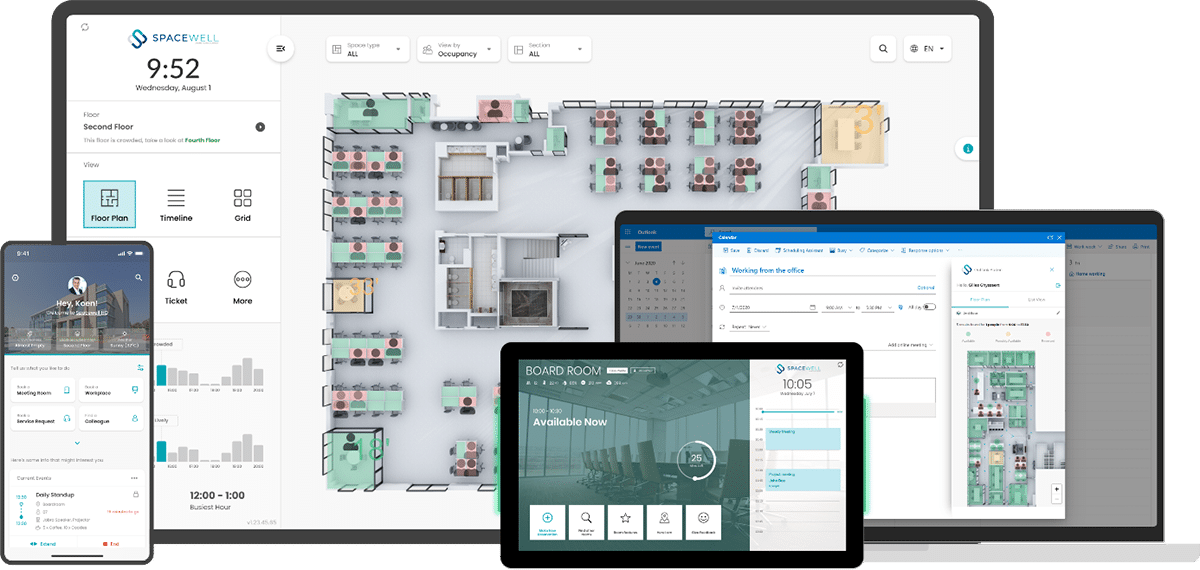
5. Enable activity-based services
Just as workplaces with assigned seating are giving way to more fluid office layouts, service delivery according to fixed schedules is being replaced with activity-based services. This more dynamic way of providing services focuses efforts where they matter most, driven by current guidelines and actual usage, tracked in real-time.
Janitorial workers get visual instructions on mobile devices, showing them where to go on digital floor plans and what tasks to perform. Building users are happier and job satisfaction increases.
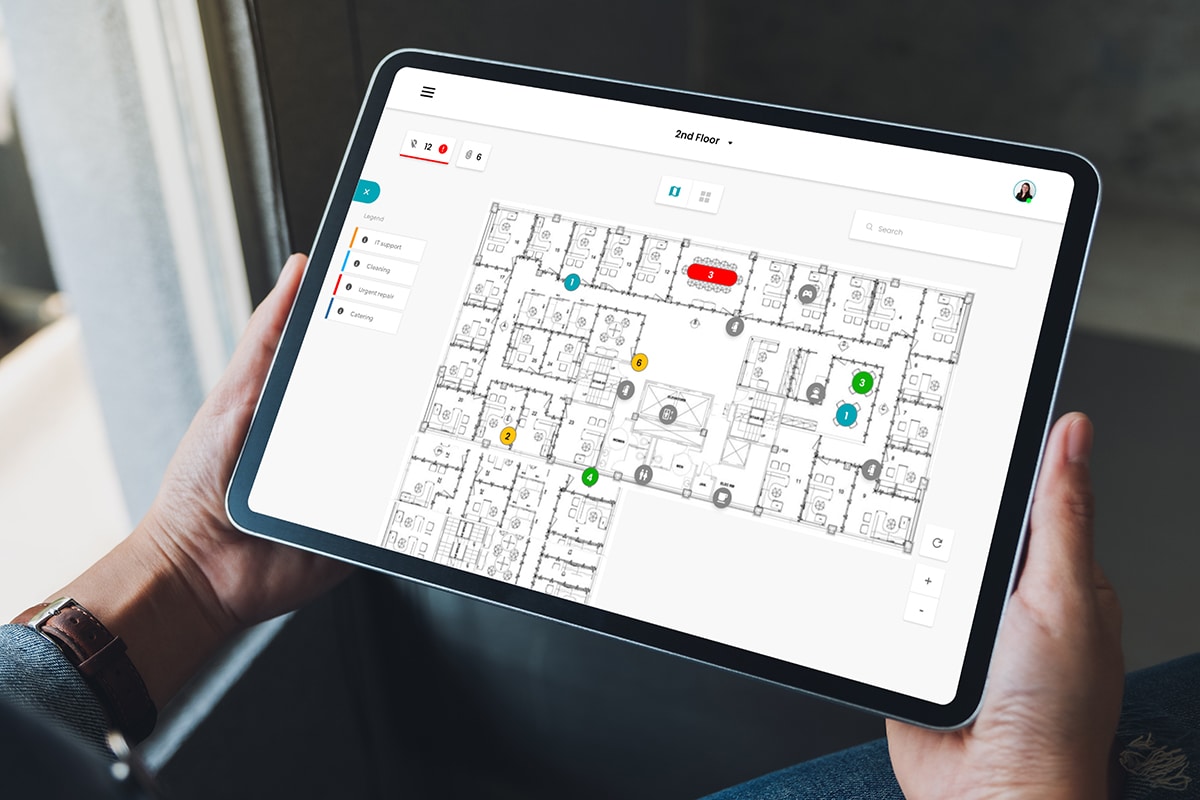
Workplace analytics for hybrid environments: the way forward
The current pandemic situation is unprecedented in recent history, which means there is no easy template for how to move forward. Last year’s benchmarks are no longer valid, and we are largely in uncharted territory. Workplace analytics platforms will, therefore, be crucial to understanding the new world of work. By delivering insights, based on actual usage data, they will enable real estate teams to provide a workplace experience that drives talent retention, well-being, innovation, and growth.
Are you using workplace analytics at your company to optimize the workplace experience? We’re interested in your perspective.


